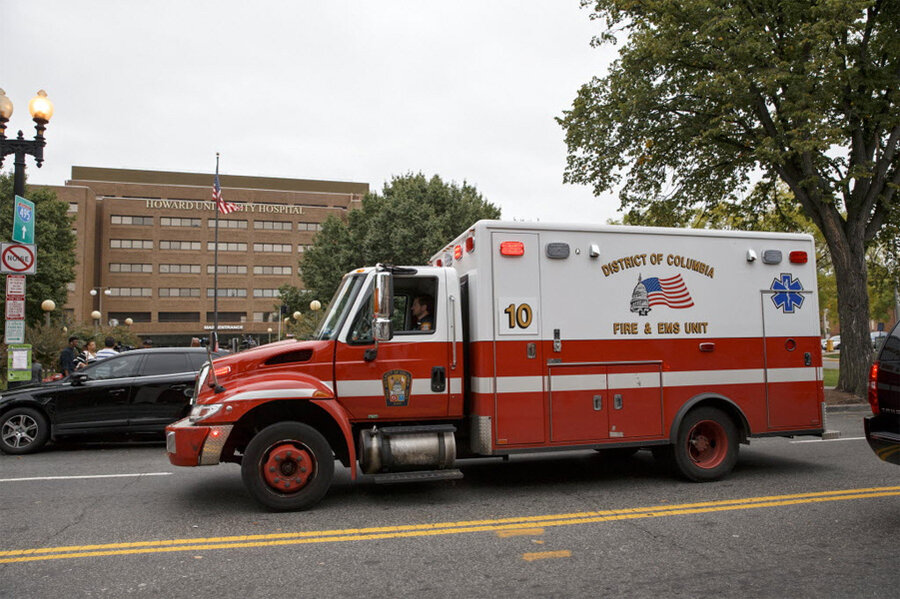US worker deaths have declined steadily for past two decades
Loading...
Plenty of things are getting worse for the American worker these days: Wages are depressed, and part-time and unpredictable shift work are on the rise. But one thing is improving: workplace safety.
The rate of fatal workplace injuries in the United States is 25 percent lower than it was in 2006 and has been trending downward for the past two decades, according to data from the Bureau of Labor Statistics (BLS). In 1993 there were 5 fatal workplace injuries per 100,000 full-time workers; there were 4.2 in 2006, and in 2013 there were 3.2 per 100,000 – nearly 60 percent less than in 1993.
There are a few reasons. The most dangerous jobs are outdoor-labor occupations, and they are dwindling. Logging, for example, has the highest rate of fatal workplace injuries (91.1 per 100,000), and jobs in that industry are projected to drop 9 percent by 2022, according to the BLS. Jobs in the second-most-deadly industry – fishing – are expected to fall by 5 percent.
But the improvement goes beyond the makeup of the job market, says Bob Bruno, a professor of labor and employment relations at the University of Illinois in Chicago. He also credits regulations and other steps taken by the Occupational Safety and Health Administration.
“We’re still doing incredibly dangerous jobs,” he says, noting the rise of new high-risk occupations in the natural-gas industry. “We’ve just accepted to a large extent that it is incredibly important to invest upfront in health and safety.” An unsafe workplace, he adds, “becomes very expensive to operate, and that can make [businesses] uncompetitive....”
Which industries are doing best? “Coal production and manufacturing are much safer [than before],” Mr. Bruno says. “Auto companies have invested a lot in their safety training.”
One big job sector, though, could use improvement. “There are a lot of injuries and exposure issues in health care,” he says. “That could benefit from greater focus.”








